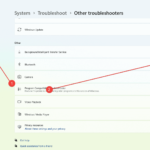Windows 6: 10 Ways to Change Your Username
1. Use local account settings
- Press the Win I key to open the "Settings" application.

- Click Information in the sidebar on the left.

- Select Manage my Microsoft account.

- Sign in to the Microsoft page opened using existing credentials.
-
Click the information on the Microsoft account page and select Edit Name.

- Enter your new username in the "First Name" field and add Last Name if desired.


- Write the verification code and click Save to apply the changes.

- Sign out of your Windows 10 account and sign back in to see your updated username.
2. Create a new local user account
- Press Win I to open "Settings" and click "Account".

- Select "Family & other users" from the left sidebar.

- Click to add others to this computer.

- Select the "I don't have login information for this person" option.

- Select "Add users without Microsoft accounts".

- Write a new username and password for the local account and click Next.
- Follow the on-screen instructions to complete setup and log out of your current account to log in to your new account.
3. Using Control Panel
- Press Win X and select Control Panel.
- Set the "View as" option to "LargeIcon" or "Small Icon".

- Click "User Account" and select "Change Account Name".

- Enter the new username and click Change Name to apply.
- Sign out and sign in to your new Windows 10 account for the changes to take effect.
4. Rename the "Users" folder
- Create a system restore point before trying this method to ensure that any necessary changes can be reverted.
- Press the Win E key and navigate to the following path:
<strong>C:\Users<img src="/static/imghw/default1.png" data-src="https://img.php.cn/upload/article/000/887/227/168812704041562.png" class="lazy" alt="在 Windows 6 中更改用户名的 10 种方法"></strong> - Find the user folder that matches your current username.
- Right-click the folder and select Rename.
- Enter your new username and press the Enter key.
- A prompt asking for administrator permissions will appear; click to continue.
- To see your changed username, log out of your Windows 10 account and log in again.
5. Using Command Prompt
- Press the Win member). <strong></strong>Type the following command and press Enter:

- netplwiz
<strong></strong>Single Click on the current username and select Properties .
Properties . -
<strong></strong>Navigate to the
 General tab.
General tab. -
<strong></strong>Under the
 "
" - Username" section, enter New Username and click "OK" to save changes. Save all work in progress and click "OK " on the prompt asking you to restart your PC for the changes to take effect.
-
<strong></strong>
 6. Create a new user account and transfer files
6. Create a new user account and transfer files
Follow the information in Method #2
of- above to create a new local user account with the desired username.
- Log in to your new account and press the Win I key to open
-
Settings. <strong></strong>Click
 "Account " and then select
"Account " and then select - "Family and other users". Select your old username, located under the "Other Users " section.
- Click the Change Account Type option and select
-
Administrator. <strong></strong>
 Log out of the new account,
Log out of the new account, - then log back in to the old account. Open File Explorer and navigate to the following path (OldUsername will display your previous username ):
-
C:\Users\OldUsername
<strong></strong>Copy all files and folders you want to transfer.Navigate to the following path ( - where NewUsername is the name of the newly created account ):
-
C:\Users\NewUsername
<strong></strong>Paste all copied files and folders into the new account's folder.
: Before deleting your previous user account, remember to check the transferred files to make sure everything is in place. In Windows 10, changing your username is a quick and easy process that can be done through the command prompt or local account settings. You can quickly adjust your user account for security purposes or follow the step-by-step instructions in this article to suit your taste. To see the changes take effect, don't forget to save your work and restart your computer. How to change username in Windows 10 without a Microsoft account?
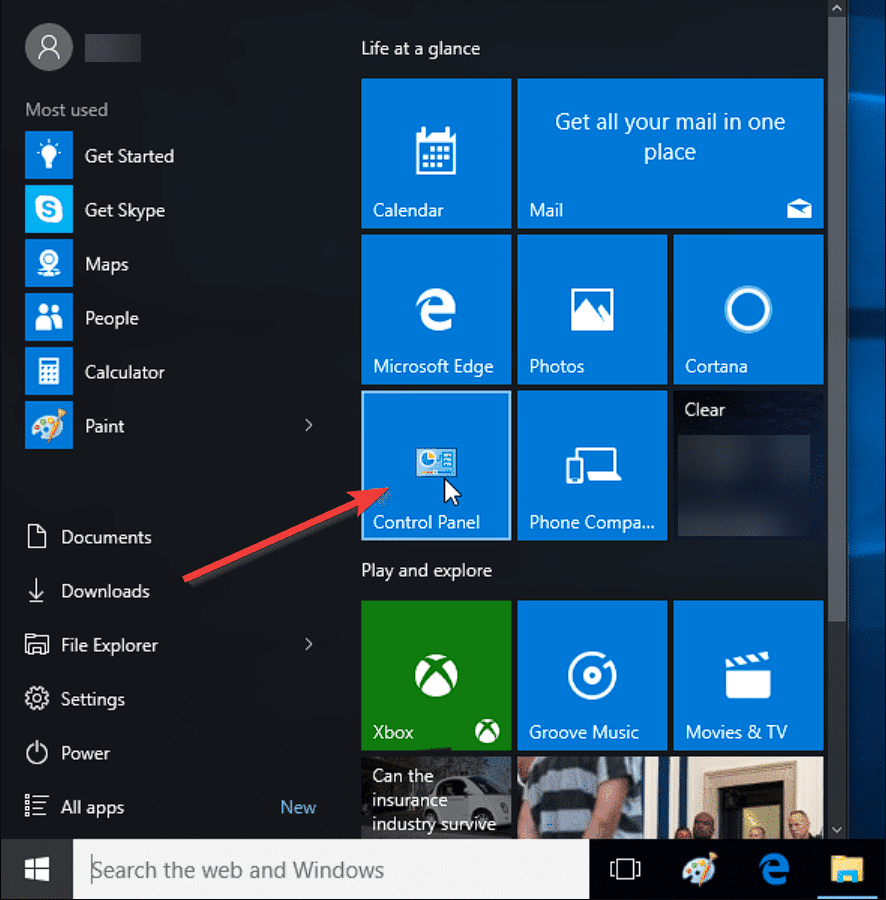
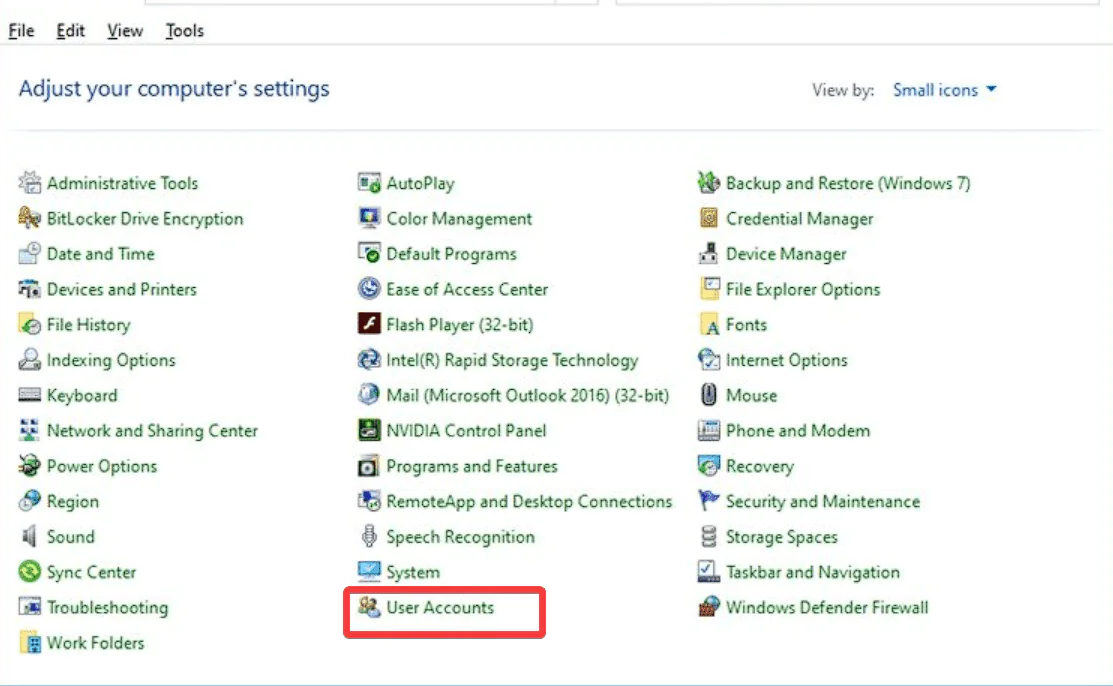
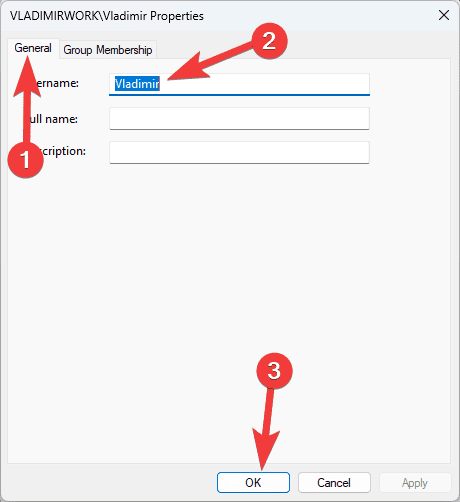
Related Articles
-

Top 5 Ways to Delete User Accounts from Windows 10/11[2023]
Yours Have multiple out-of-date accounts on your Windows PC? Or are you stuck in deleting these accounts from your system due to some errors? Regardless of the reason, you should delete unused user accounts from your computer as soon as possible. This way, you will save a lot of space and fix things in your system...
-

#Want to easily enable dark mode in Edge? The method is as follows
How to enable dark card reader in Edge 1. Open Edge 2. Enter edge://flags/ in the address bar and press Enter 3. Scroll down until you find the web page content Automatic Dark Mode. Click Enable and Restart. 4. After rebooting, your new Edge interface should look like this. The browser's...
-

#How to fix Microsoft Alexa app missing from the store
Some users complained about not seeing the pre-installed Alexa app in the store laptop. Don't worry if you can't find the Alexa app after uninstalling it. We've got you covered. Just follow these simple...
-

How to Customize Zoom in Midjourney
What to Know Custom Zoom is the new zoom feature on Midjourney version 5.2 part. You can add more detail to an existing image with custom scaling by extending the image canvas beyond its outline and then shrinking the image. Midjourney allows you to enter between 1.0 and 2.0...
The above is the detailed content of Windows 6: 10 Ways to Change Your Username. For more information, please follow other related articles on the PHP Chinese website!

Hot AI Tools

Undresser.AI Undress
AI-powered app for creating realistic nude photos

AI Clothes Remover
Online AI tool for removing clothes from photos.

Undress AI Tool
Undress images for free

Clothoff.io
AI clothes remover

AI Hentai Generator
Generate AI Hentai for free.

Hot Article

Hot Tools

Notepad++7.3.1
Easy-to-use and free code editor

SublimeText3 Chinese version
Chinese version, very easy to use

Zend Studio 13.0.1
Powerful PHP integrated development environment

Dreamweaver CS6
Visual web development tools

SublimeText3 Mac version
God-level code editing software (SublimeText3)

Hot Topics
 How to enable or disable DLNA on Windows 11
Sep 28, 2023 pm 11:05 PM
How to enable or disable DLNA on Windows 11
Sep 28, 2023 pm 11:05 PM
DLNA streaming has been around for a long time and is considered one of the more user-friendly options. Given its compatibility with a variety of devices and systems, you shouldn’t have problems connecting to one. So, let us understand how to enable DLNA in Windows 11. There are two methods, use the built-in Windows DLNA (Digital Living Network Alliance) feature or install a third-party application. While the former works well and provides the best experience, you can try the app with its enhanced feature set. We will list both options. What are the benefits of using DLNA? DLNA allows media streaming across devices on the network, provided the streaming device is compatible with the standard. Once set up on a smart TV or other system, you can
 Windows 11 Guide: How to adjust the display resolution in Hyper-V
Sep 23, 2023 pm 08:25 PM
Windows 11 Guide: How to adjust the display resolution in Hyper-V
Sep 23, 2023 pm 08:25 PM
If you are using Hyper-V to run virtual machines on a Windows 11 machine, you may need to change the display resolution of one or both VMs. In this guide, we will introduce simple methods and step-by-step instructions to adjust and optimize display resolution in Hyper-V environment. How to adjust screen resolution in Hyper-V? Before moving on to the detailed steps to change Hyper-V screen resolution on Windows 11, be sure to complete the following checks for smoother operation: Make sure you are logged in with an administrator account. Make sure graphics drivers are updated. Back up important data in the VM. Make sure Hyper-V is enabled. 1. Setting up using Hyper-V First, we will enable enhanced session mode; for this
 Solution: Your organization requires you to change your PIN
Oct 04, 2023 pm 05:45 PM
Solution: Your organization requires you to change your PIN
Oct 04, 2023 pm 05:45 PM
The message "Your organization has asked you to change your PIN" will appear on the login screen. This happens when the PIN expiration limit is reached on a computer using organization-based account settings, where they have control over personal devices. However, if you set up Windows using a personal account, the error message should ideally not appear. Although this is not always the case. Most users who encounter errors report using their personal accounts. Why does my organization ask me to change my PIN on Windows 11? It's possible that your account is associated with an organization, and your primary approach should be to verify this. Contacting your domain administrator can help! Additionally, misconfigured local policy settings or incorrect registry keys can cause errors. Right now
 How to properly calibrate your Xbox One controller on Windows 11
Sep 21, 2023 pm 09:09 PM
How to properly calibrate your Xbox One controller on Windows 11
Sep 21, 2023 pm 09:09 PM
Since Windows has become the gaming platform of choice, it's even more important to identify its gaming-oriented features. One of them is the ability to calibrate an Xbox One controller on Windows 11. With built-in manual calibration, you can get rid of drift, random movement, or performance issues and effectively align the X, Y, and Z axes. If the available options don't work, you can always use a third-party Xbox One controller calibration tool. Let’s find out! How do I calibrate my Xbox controller on Windows 11? Before proceeding, make sure you connect your controller to your computer and update your Xbox One controller's drivers. While you're at it, also install any available firmware updates. 1. Use Wind
 Local users and groups are missing on Windows 11: How to add it
Sep 22, 2023 am 08:41 AM
Local users and groups are missing on Windows 11: How to add it
Sep 22, 2023 am 08:41 AM
The Local Users and Groups utility is built into Computer Management and can be accessed from the console or independently. However, some users find that local users and groups are missing in Windows 11. For some people who have access to it, the message suggests that this snap-in may not work with this version of Windows 10. To manage user accounts for this computer, use the User Accounts tool in Control Panel. The issue has been reported in previous iterations of Windows 10 and is usually caused by issues or oversights on the user's side. Why are local users and groups missing in Windows 11? You are running Windows Home edition, local users and groups are available on Professional edition and above. Activity
 How to show folder size on Windows 11?
Sep 23, 2023 pm 06:13 PM
How to show folder size on Windows 11?
Sep 23, 2023 pm 06:13 PM
By default, Windows 11 does not display folder sizes in File Explorer, however, you can make certain changes in Explorer settings to make them visible. In this guide, we will discuss some of the easiest ways to display folder sizes so that you can effectively manage disk space on your PC. How to check the size of a folder on Windows 11? 1. Use the folder's Properties window to open a Windows Explorer window by pressing +. WindowsE Go to the folder whose size you want to check, right-click on it and select "Properties" from the context menu. In the folder properties window, go to the "General" tab and find the "Size" section to find out how much space the folder takes up. 2. Enable "
 4 steps to change user folder names on Windows 11
Jul 07, 2023 pm 02:33 PM
4 steps to change user folder names on Windows 11
Jul 07, 2023 pm 02:33 PM
User folder names and account names are set during user account setup. However, sometimes for some reason, you need to change your user folder name on Windows 11. Unlike renaming a standard folder, this process is not that simple. But with the right information, the process can be effortless, and that's what we've got you covered in this guide. Is it safe to rename my user folder name? As mentioned before, changing user folder names on Windows 11 is not as simple as renaming a normal folder. Even if you change the user account name, the user folder name will remain the same. Microsoft recommends not changing your user folder name as this may cause some applications to
 Fix: Taskbar thumbnail preview disappears too quickly on Windows 11
Sep 14, 2023 pm 03:33 PM
Fix: Taskbar thumbnail preview disappears too quickly on Windows 11
Sep 14, 2023 pm 03:33 PM
While taskbar thumbnail preview is a very useful feature, some users have reported issues with it. In most cases, it is impossible to click on the application icon because the thumbnail preview disappears too quickly. In this guide, we’ll discuss the expert-recommended methods to fix taskbar preview issues right after explaining the causes. Why do taskbar thumbnail previews disappear so quickly? Corrupted system files or other system file errors Outdated Windows versions Third-party security software conflicts Corrupted user profiles How to stop taskbar thumbnail previews from disappearing quickly on Windows 11? Before proceeding with any steps to fix taskbar thumbnail preview not working on Windows 11, do the following preliminary checks: Right-click on the desktop &



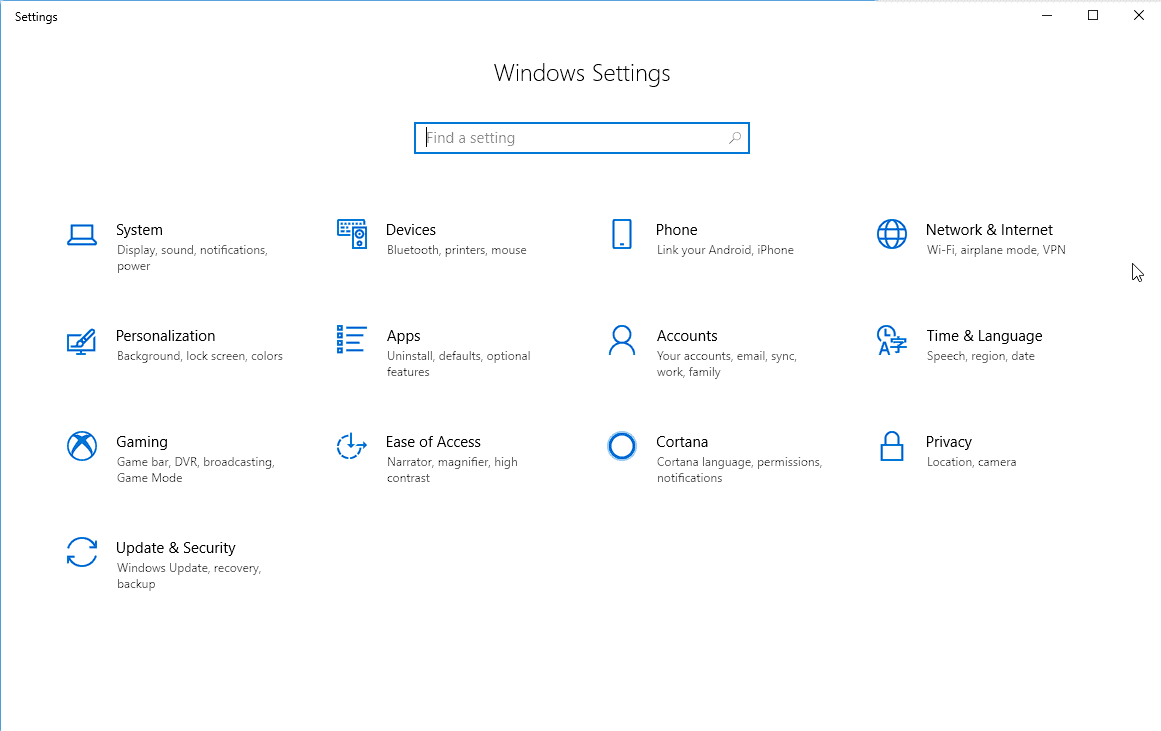

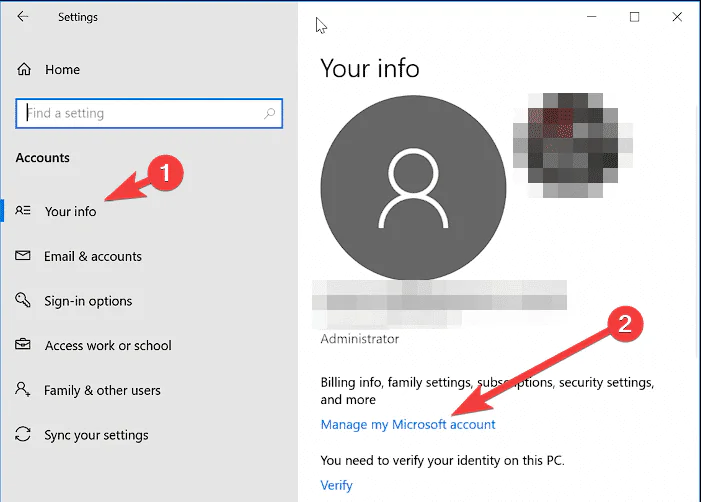
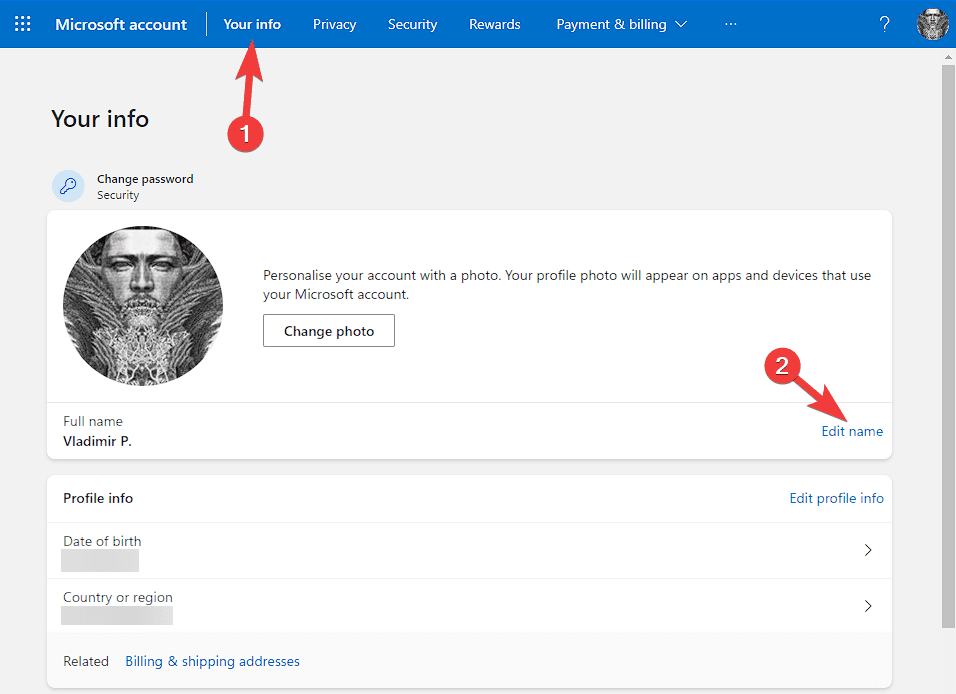
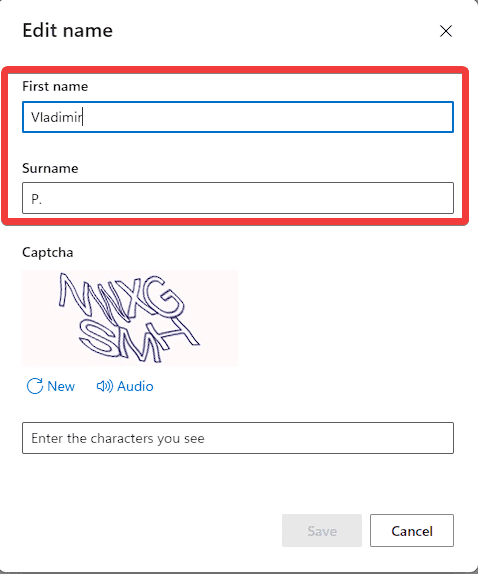
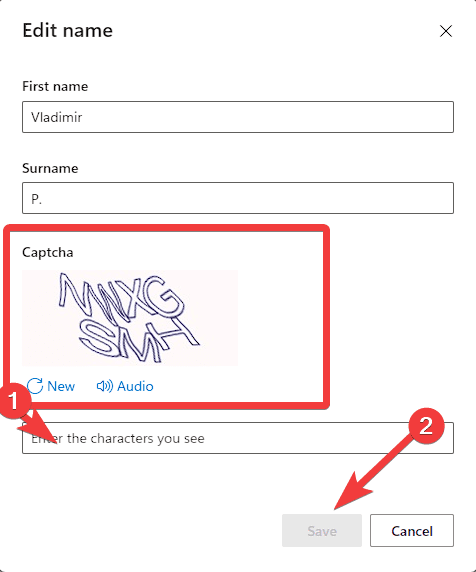
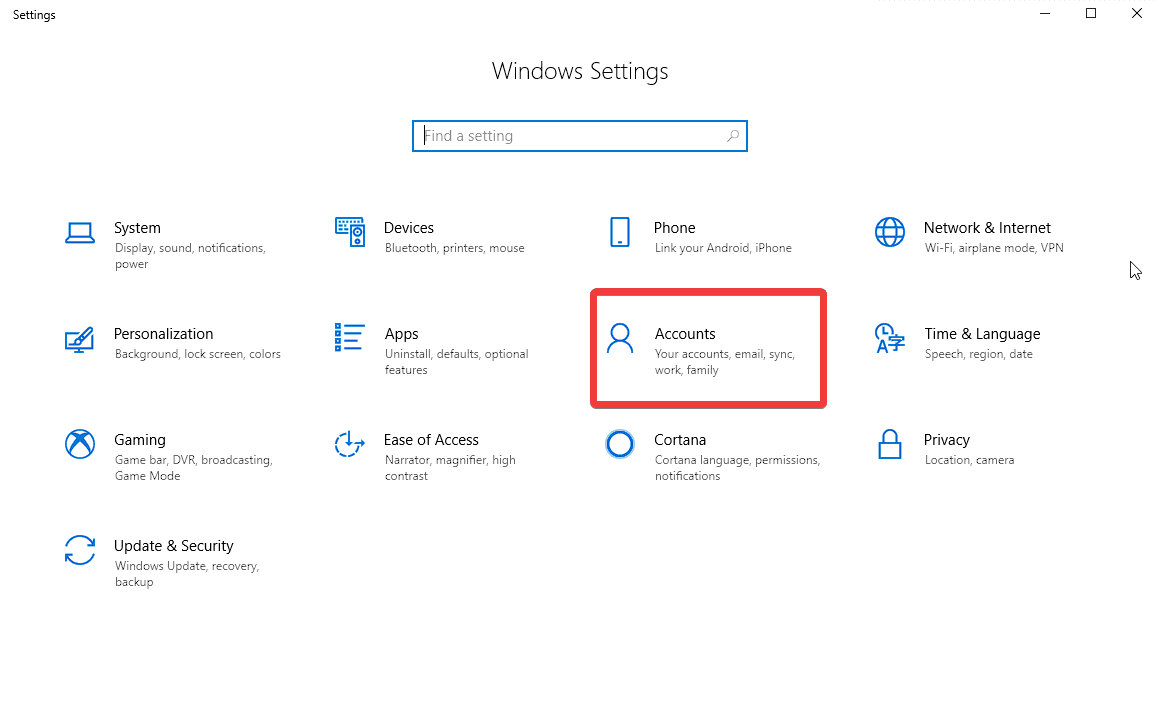
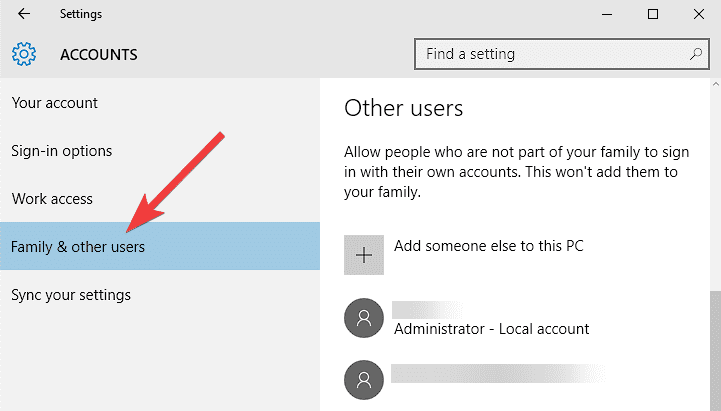
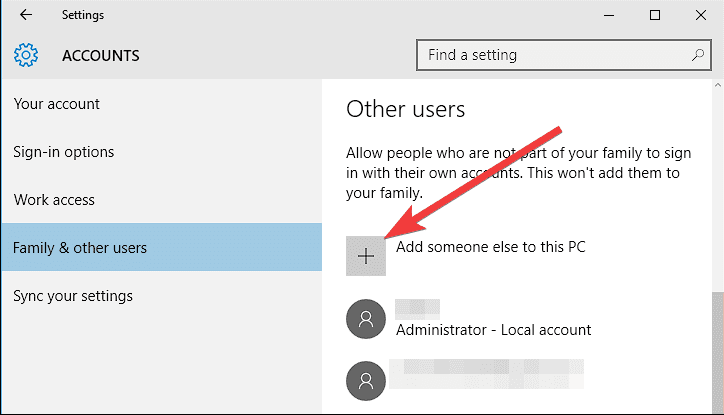
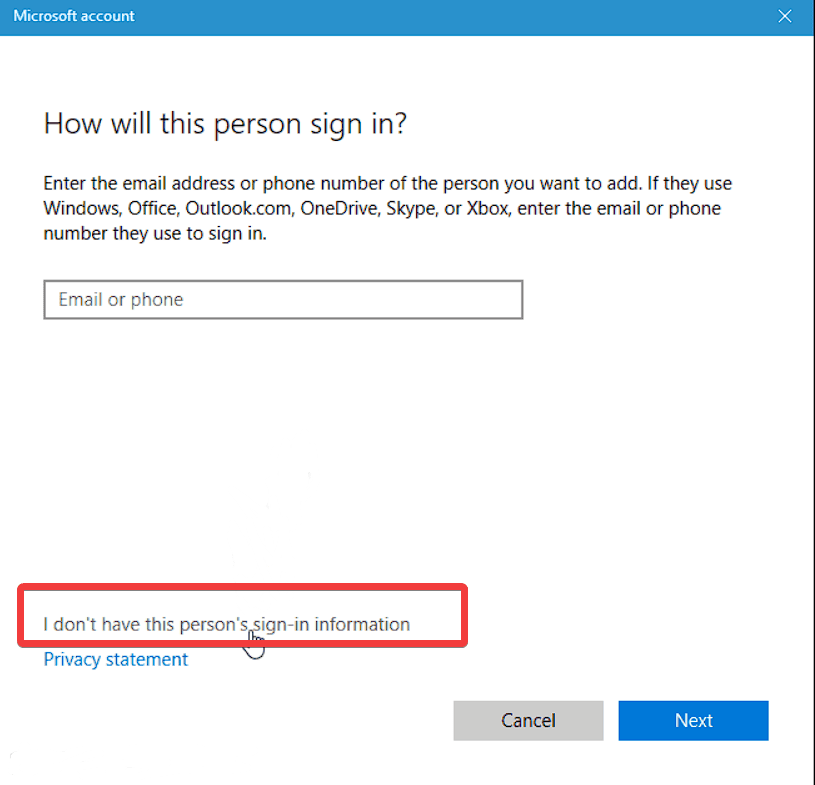
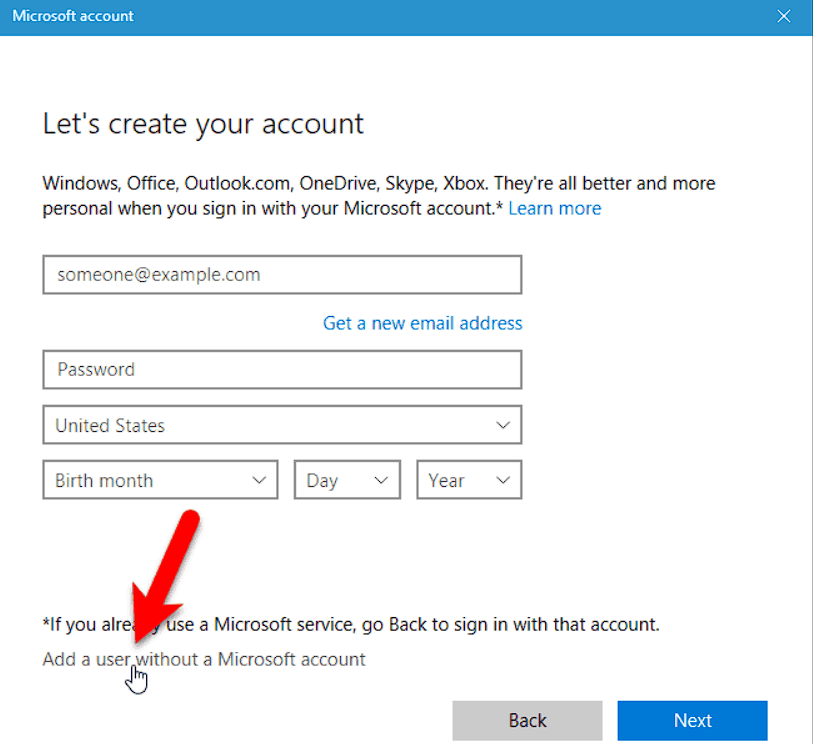
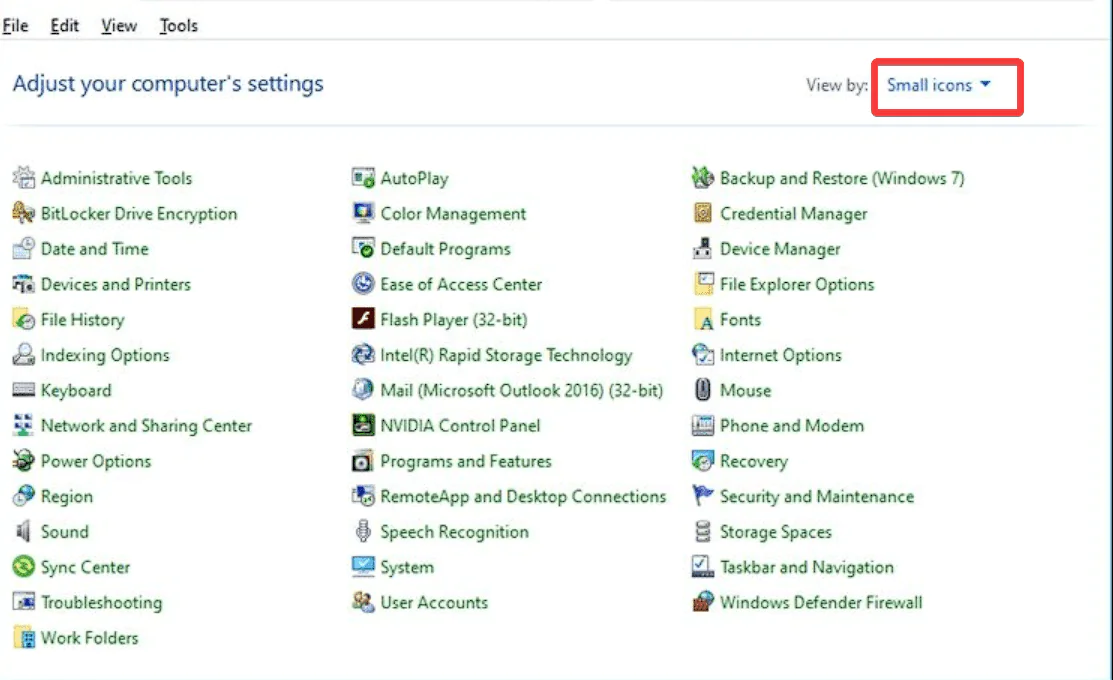
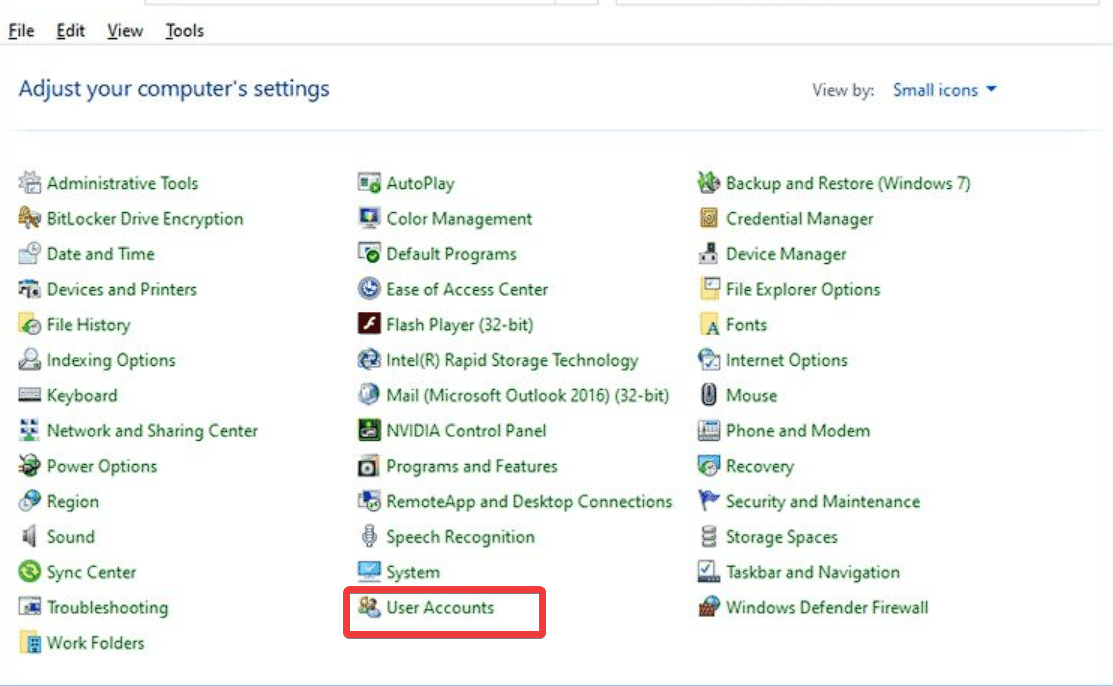
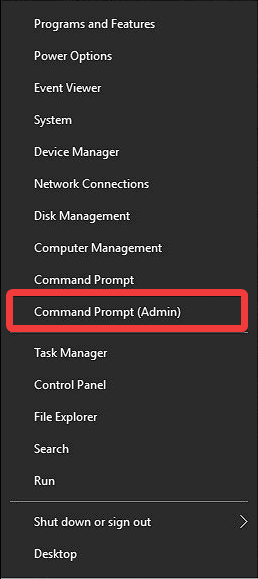
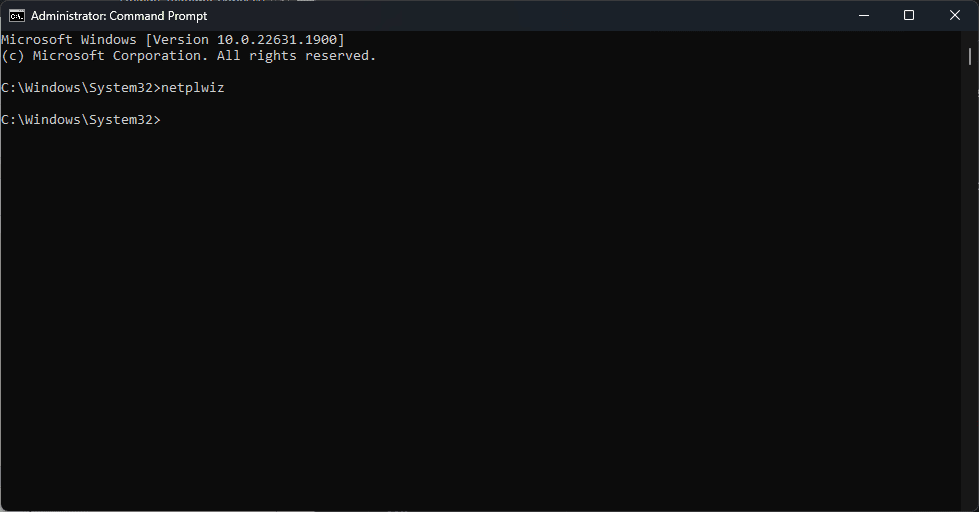 Properties
Properties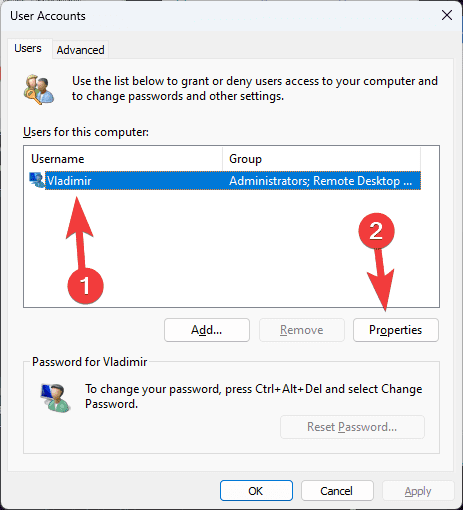 General
General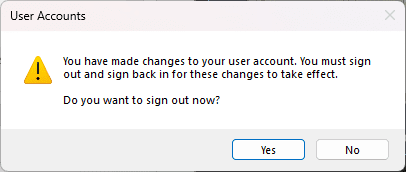 6. Create a new user account and transfer files
6. Create a new user account and transfer files  "Account
"Account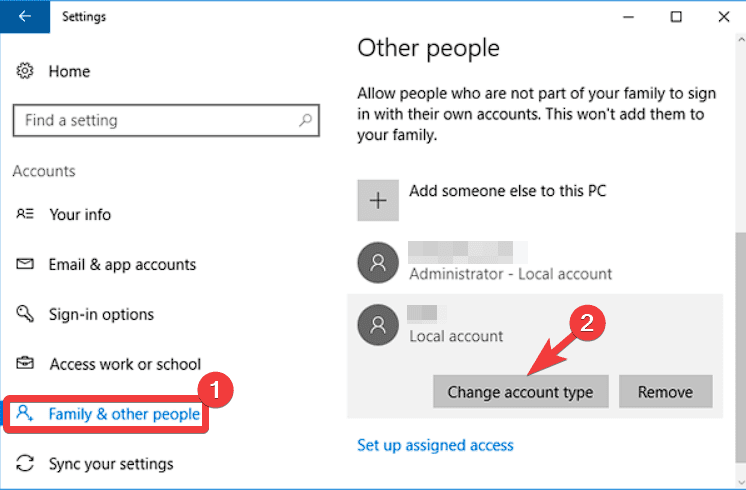 Log out of the new
Log out of the new 